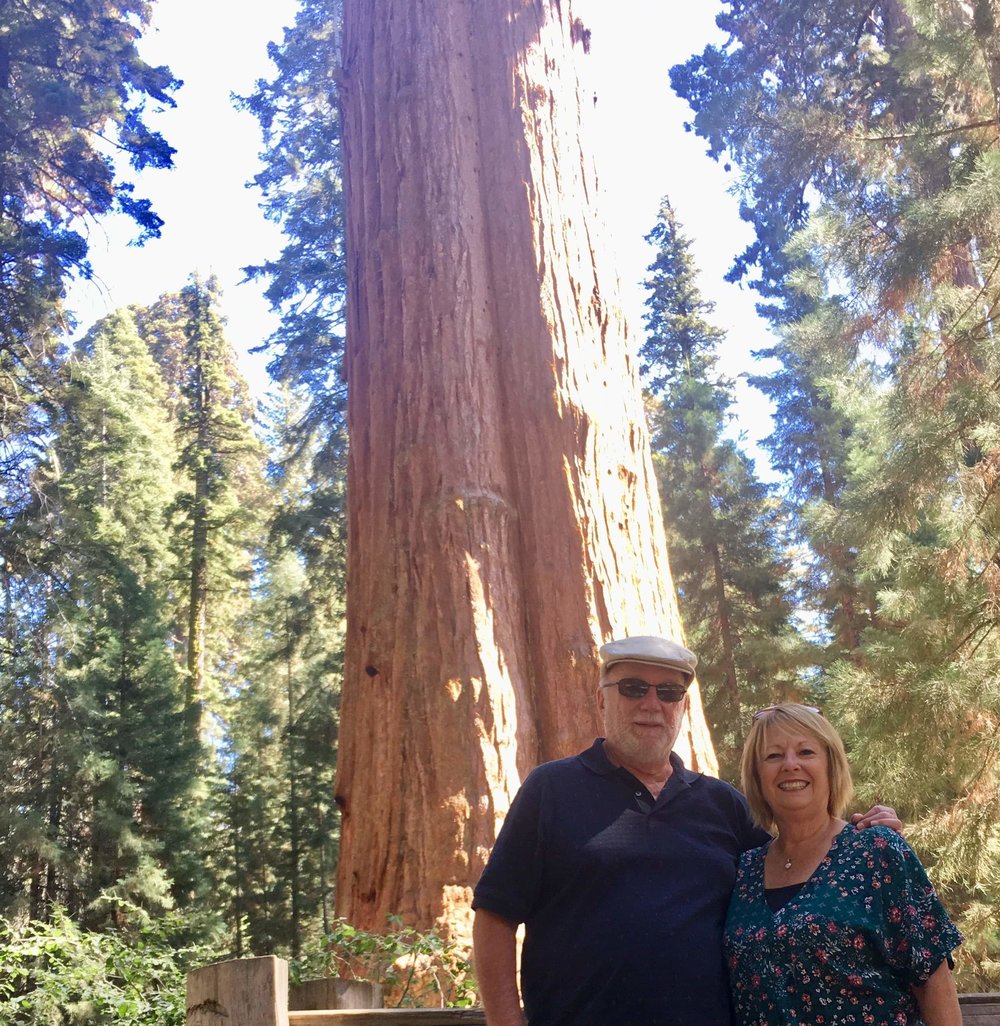ANNOYED BY POP-UPS?
You can avoid this one by signing up ;)
Get Reid's recent blog posts sent to your inbox.
THANKS FOR
HELPING AN
OLD GUY OUT!

On the very day Boris Trump announced he had scored a Brexit deal with the European Union, Carol scored a pair of tickets to the London production of Hamilton. There was irony, of course, in seeing a play on stage partially about America saying goodbye to Great Britain, while Great Britain, on the newspapers’ front pages, was saying (or trying to) goodbye to the EU. I wondered, as Carol and I sat in actor spit shower distance from that stage, whether the largely English audience caught that sense of irony, as the character of King George III sang:
You’ll be back
Time will tell
You’ll remember that I served you well.
READ MORE

As a travel blogger, I try to avoid dealing in advice, tips, things to see and do and especially revealing hidden gems of any kind. Given my low wattage expectations for travel and adventure (is the train high-speed with a first-class car and a full service bistro?), I can’t imagine any advice or tips I could offer that you wouldn’t have already thought of yourself, such as do I need a ticket for the plane or train and should I pack a suitcase? (To both I would venture to suggest: perhaps.) As far as things to see and do, I try to do as little of both as possible. And for hidden gems, my belief is that they’re that way for a reason and should be respected as such.
READ MORE

The organizers of Sacred Heart High School’s 50th Class Reunion had cleverly provided, in place of name tags, yearbook photos. As one remarked, it was a 60s version of the aging app. I will not comment on the relative kindness of time delivered upon those yearbook faces I observed that night, but I will say with certainty that the promise, hope, determination and fortitude shown in those class photos had not been dimmed by time. At least not over the course of this evening.
READ MORE

You can’t beat getting yourself acclimated to the potential of the fall rainsweep of England, Scotland and Wales than by settling in to an old fashioned New England nor’easter. Since Carol took charge of the accommodations for this trip, we were confirmed in an upscale Atlantic beach inn outside Boston, complete with gas fireplace and a picture window view of the ocean delivering the three day blow.
READ MORE

Although I have a colonoscopy every, er, ten years as recommended (in case my doctor may be reading this) the sense of dread that decennial event conjures is a most familiar one. It matches exactly, for instance, the same dread I feel about going to a museum. In fact, the prep for a colonoscopy may actually be somewhat less dreadful, in that there is considerably more sitting done than you get to do at a typical museum.
READ MORE

I like wine. I like to drink it; I don’t need to understand why I like to drink it, but I’ve learned in the past few years that a lot of livelihoods depend on me wanting to know why. So when I travel to California’s wine country, which has become an annual event to visit friends, I include a winery tour, not so much for the sake of those livelihoods, but for the same reason people who travel to New York and Paris visit MOMA and the Louvre: to advance their knowledge of art and culture sufficient to become annoying at parties.
READ MORE

The giant Sequoia known as General Sherman that stands in California’s Sequoia National Park is more than 2000 years old. It is 1000 years younger than the oldest known Sequoia. Interestingly, these forest giants require wildfires in order to germinate their seeds and grow new trees. In other words, these living trees have been around for at least 3000 years, and have survived through the life giving natural occurrence of forest fires. Today, thanks to the human encroachment of creeping suburbia, forest fires are suddenly now a scourge that have to be dealt with – to read between the lines of the lumber industry – by clearcutting, of course.
READ MORE

I was reading a travel narrative, and the writer used a word that struck me in an epiphanal way. Theroux was describing his coastal tour of Britain (The Kingdom by the Sea) as “long coastal stretches of decrepitude.”
That I wanted Carol and I to see what he was writing about on our own upcoming trip (“…what had been villages well served by railway lines had become curiously anorexic-looking and tumble down, somehow deserving the epitaph from ‘Ozymandias.'”) struck me as very odd: I wanted to sightsee. As I read on (“defunct viaducts, abandoned cuttings, former railway stations, ruined railway bridges) it occurred to me Theroux was describing what 1500 years from now would be the ancient ruins of a then former world empire. The funny thing is the current existing sites of 1500 year-old ruins hold no interest for me. In fact little is more boring than a well-preserved and properly docented or audiophoned historic pile of slave-constructed rocks, except for maybe the section of medieval religious paintings in a typical European art museum.
READ MORE

The clue that my calculations on the day were significantly off was when we walked passed a parking lot snug against the San Ysidro border station. Carol wanted to show me Mexico, one country I had never visited before.
